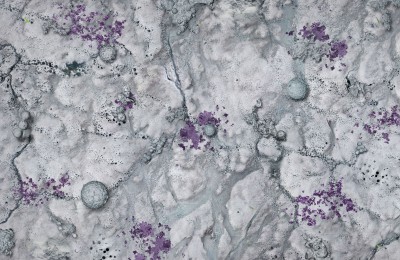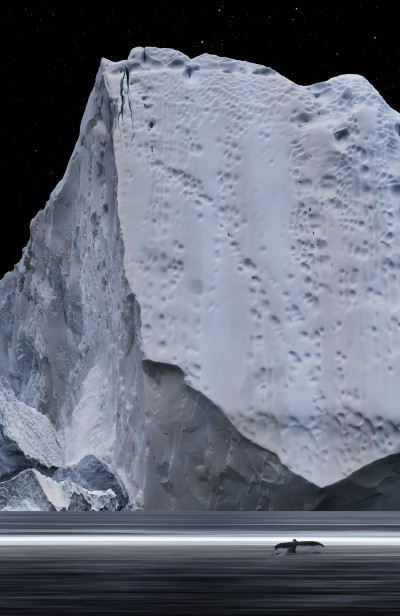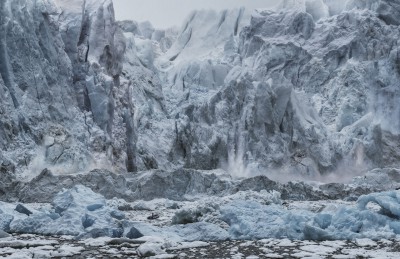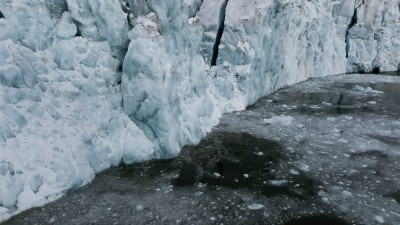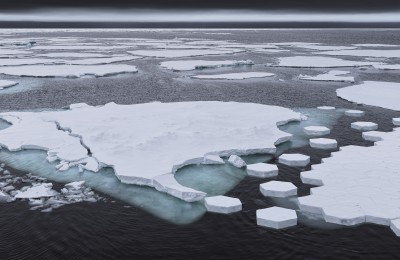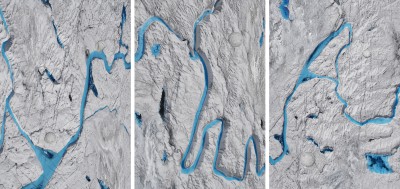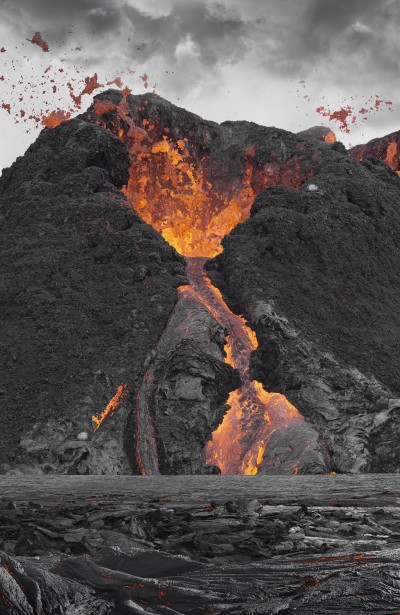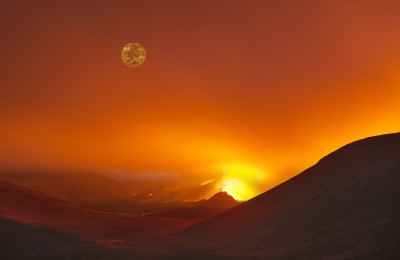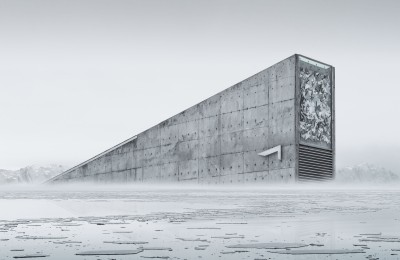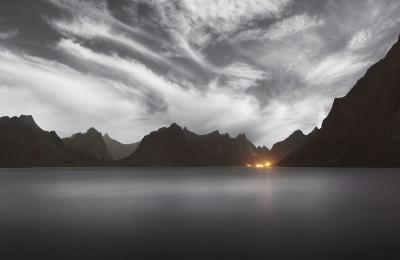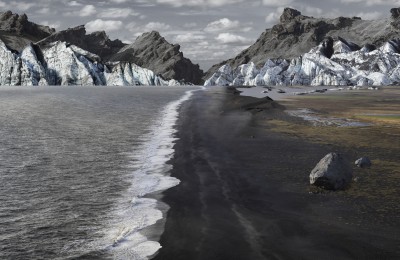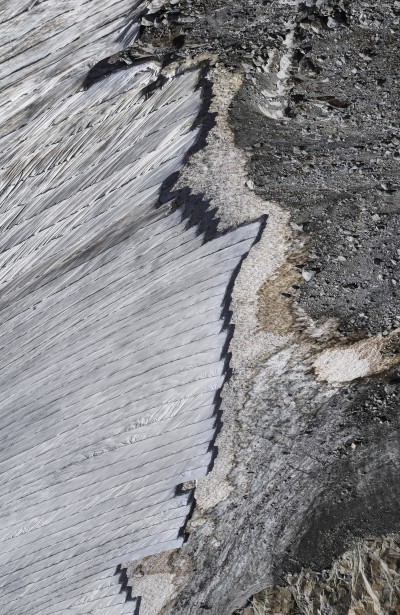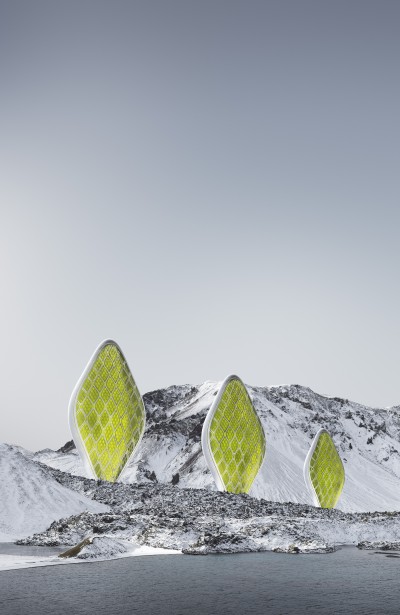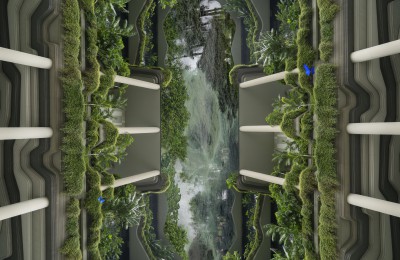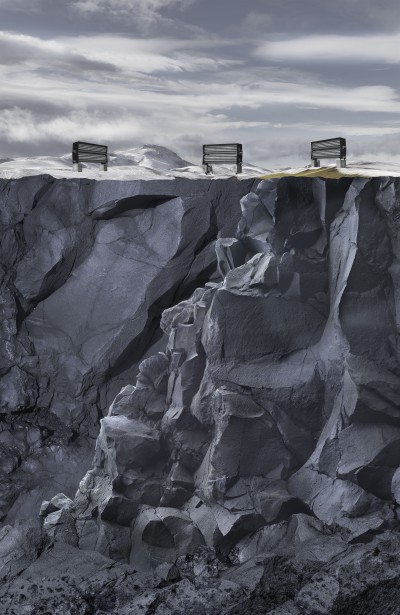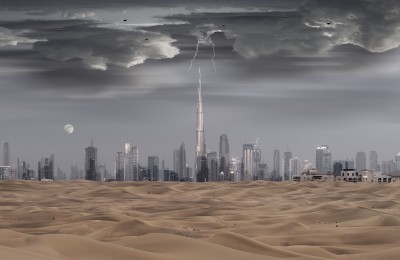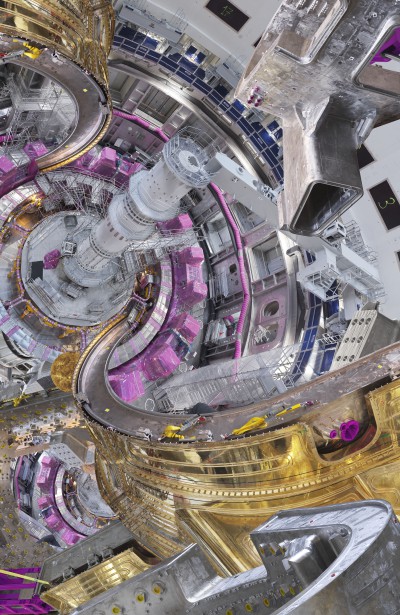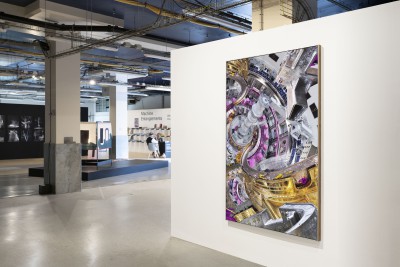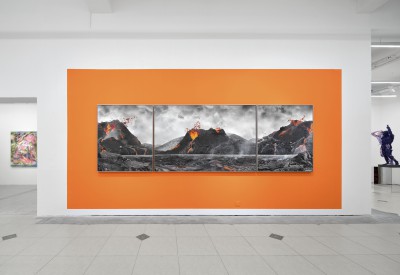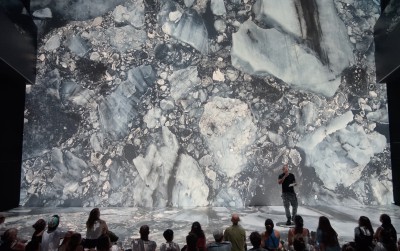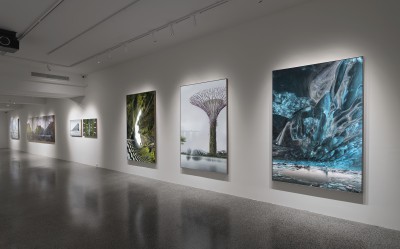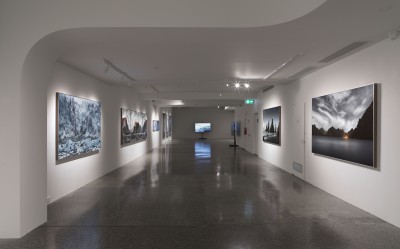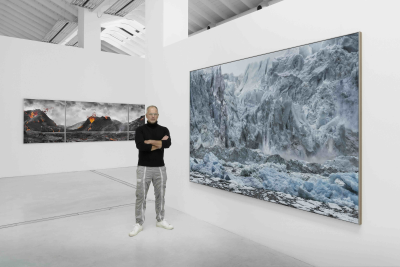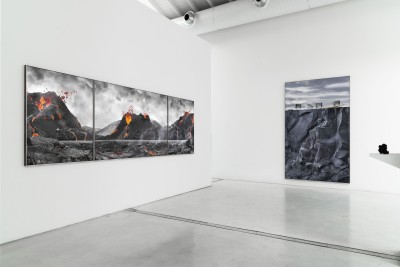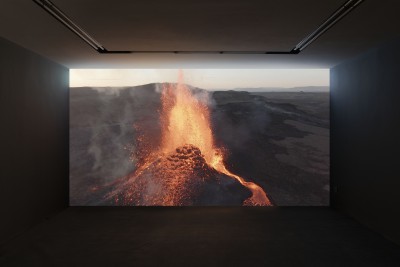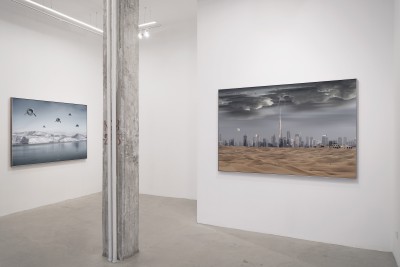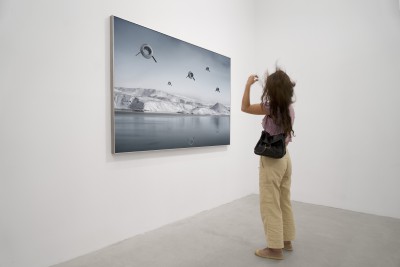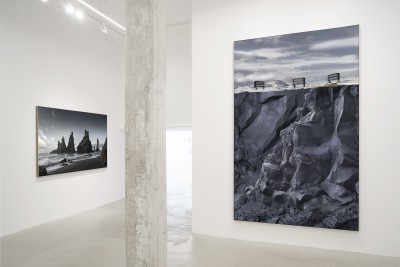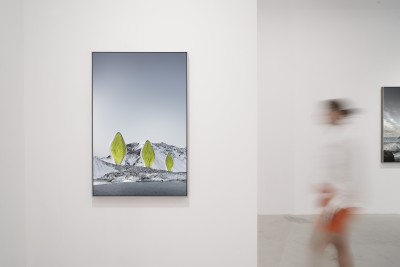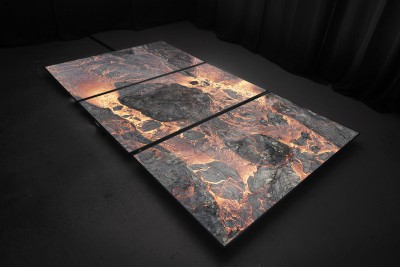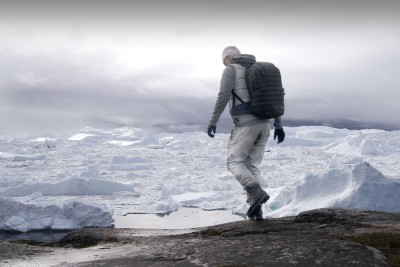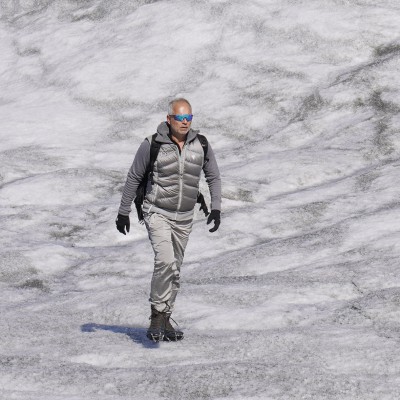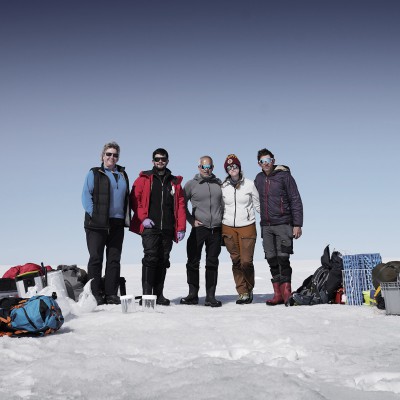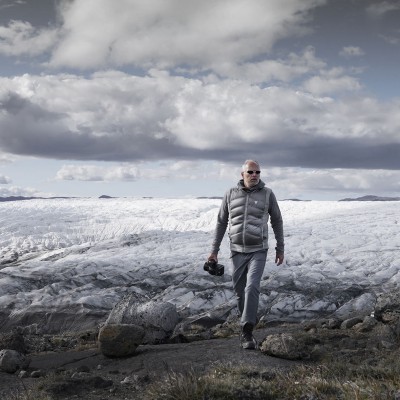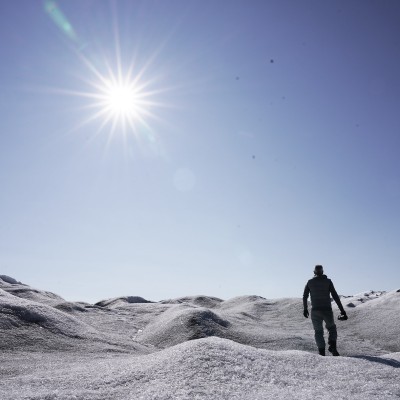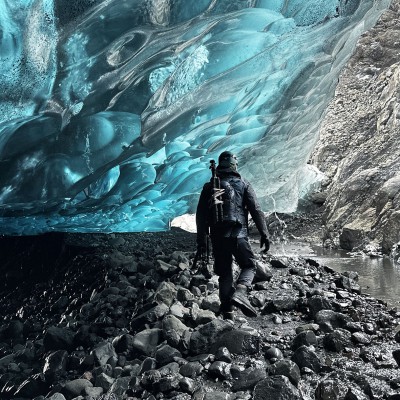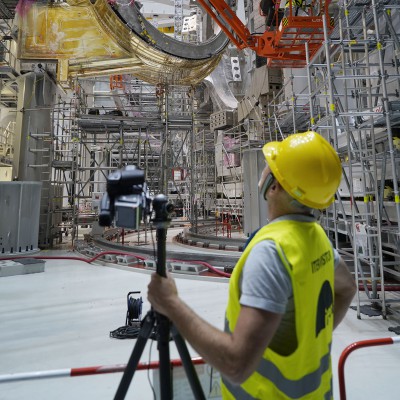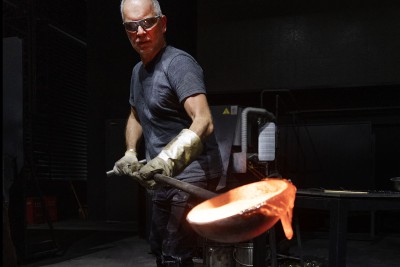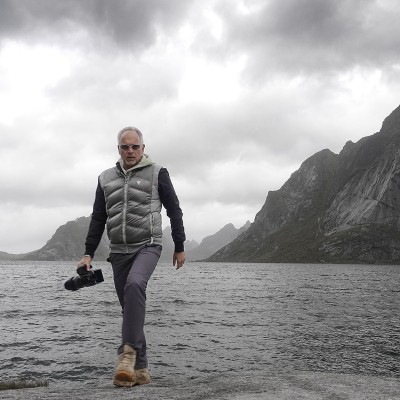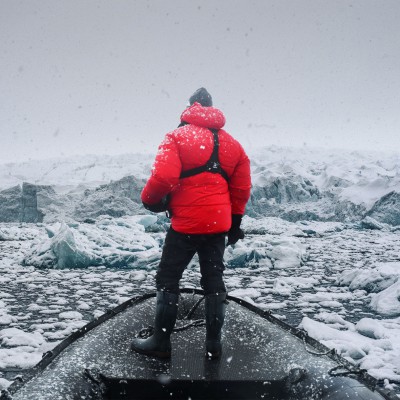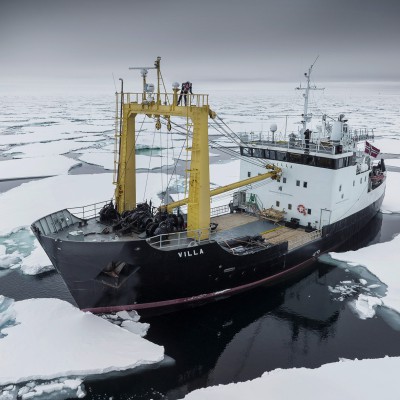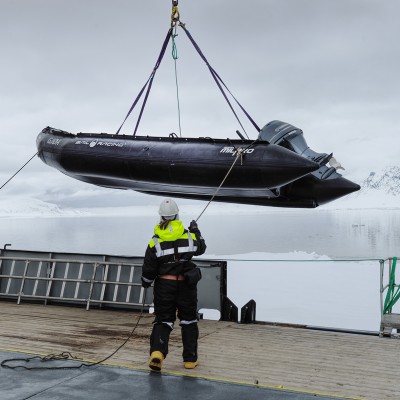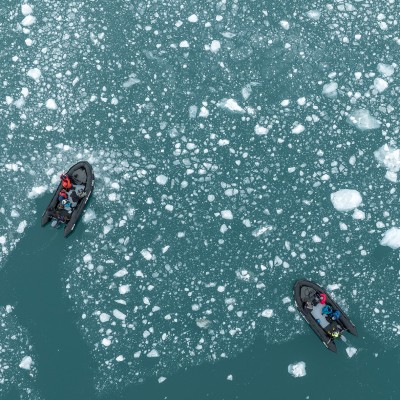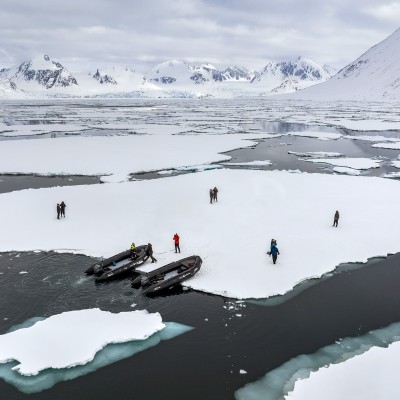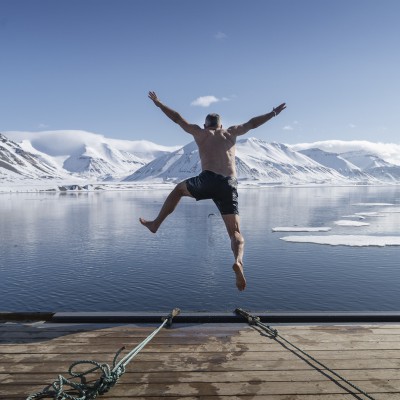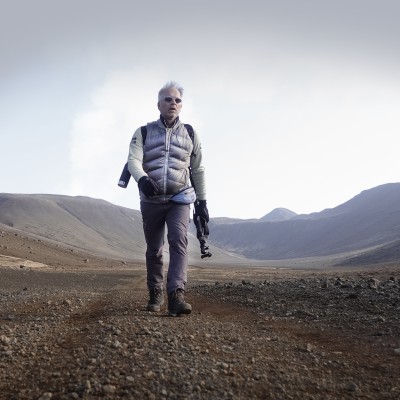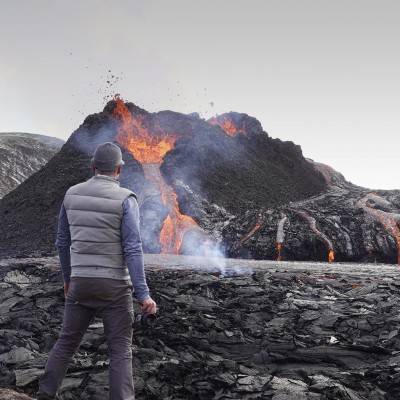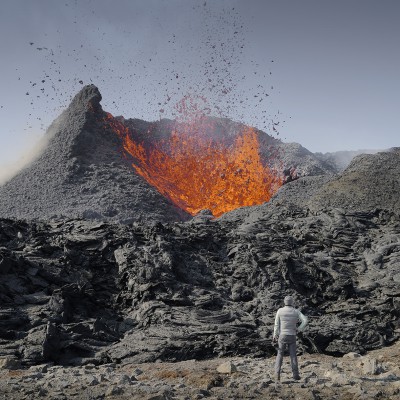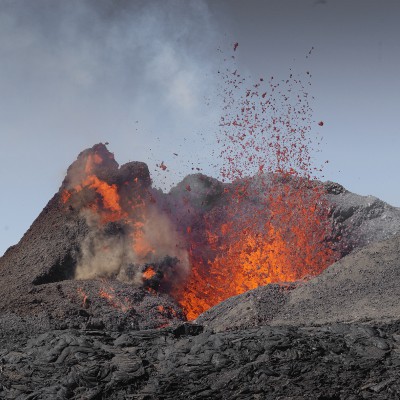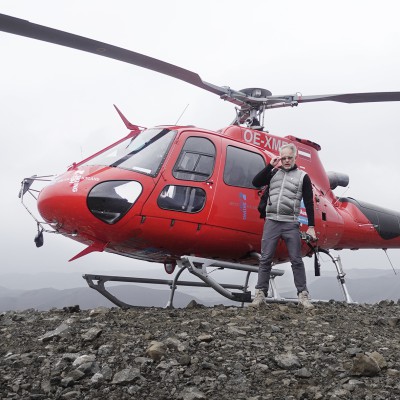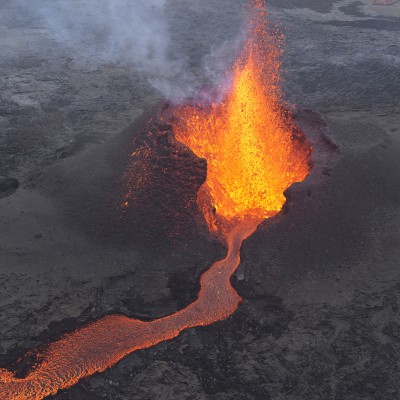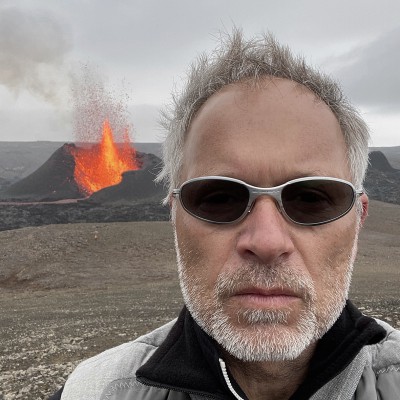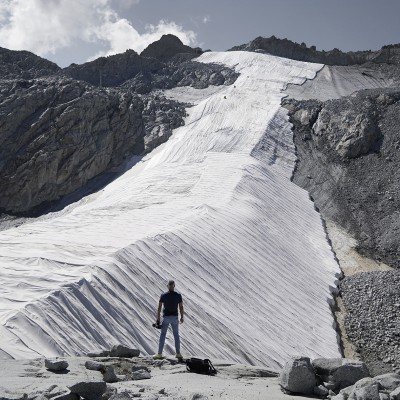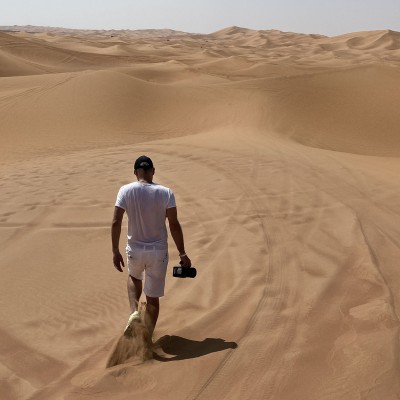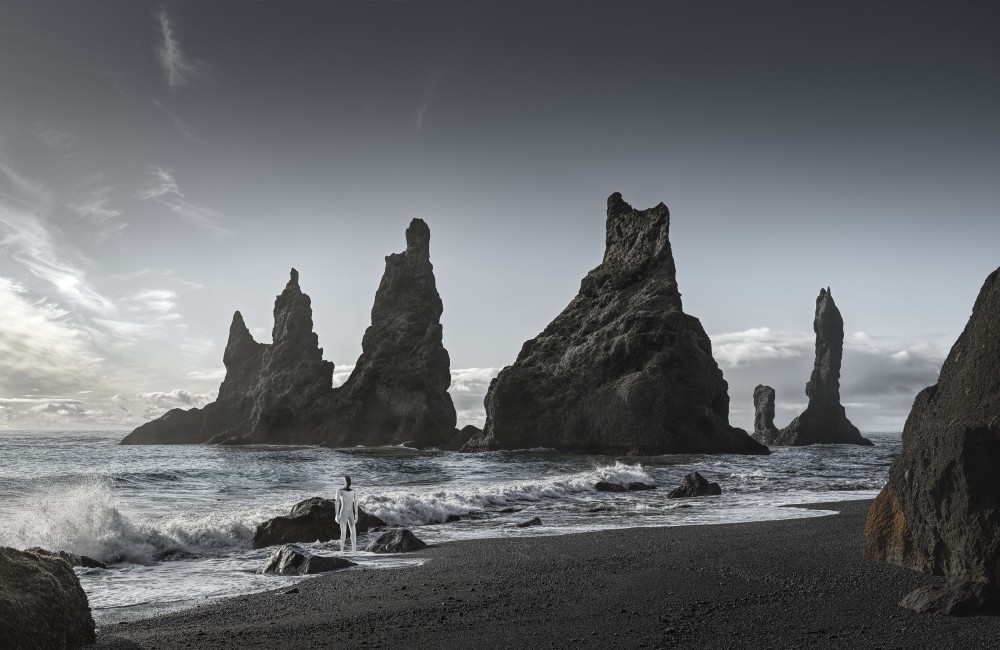
posthuman waves
Format 1: 132 x 202 cm / 52 x 79.5 in, edition of 6 + 2 AP
Format 2: 67 x 102 cm / 26.3 x 40.2 in, edition of 6 + 2 AP
Hybrid photography, archival pigment print, aludibond, diasec, custom-made wood / aluminium frame
Global sea levels have been rising steadily since 1880, with one third of the rise occurring over the last three decades. The infrastructure of all our coastal towns and cities is increasingly threatened by rising sea levels; and ever more violent storms and severe floods are a direct consequence of rising seas. The reason for the rise is the increasing warming of our planet. While, on the one hand, melting glaciers and ice sheets are contributing to the rise, at the same time the total volume of water is also expanding due to rising temperatures. The melting process of glaciers has shot up by a fivefold over the past four decades and is now accelerating exponentially. The polar regions have lost 28 trillion tons of ice mass in the past 30 years. Since the global temperature will continue to rise, continuation of this melting process is inevitable. If critical tipping points are reached in the polar region, this could lead to the collapse of massive ice sheets. In a worst case scenario the Arctic would completely melt and Antarctica would lose a major part of its ice mass, which would mean a sea level rise of between 40-60 meters. The planet would change to a state comparable to the end of the last great ice age. This would be the end of human civilisation as we know it.
The artwork “posthuman waves” shows a future, posthuman landscape in which mankind has been disappeared from the Earth due to a climate apocalypse. The viewer looks out over a coastal landscape of black sand to the sea. Soft light bathes the scenery in a morning calm. Behind the gently rolling breaking waves, massive bizarre rock formations tower up. In the foreground, on the edge of the breaking waves and framed by three rocks, stands a human-looking figure – which on closer inspection turns out to be a humanoid robot. The mood seems harmonious, everything appears to be in equilibrium. Yet the enormous craggy rock formations that make up a large part of the picture’s composition tell of a time long past. They are the peaks of a mountain range that rising sea levels have caused to sink into the water over the millennia. This could also be the fate of human civilisation. “posthuman waves” reveals an evolutionary leap in human history. Antagonism between reason and irrationality that characterises our reactions to climate change could lead to a final dystopian picture that no longer allows for human life on our planet.
